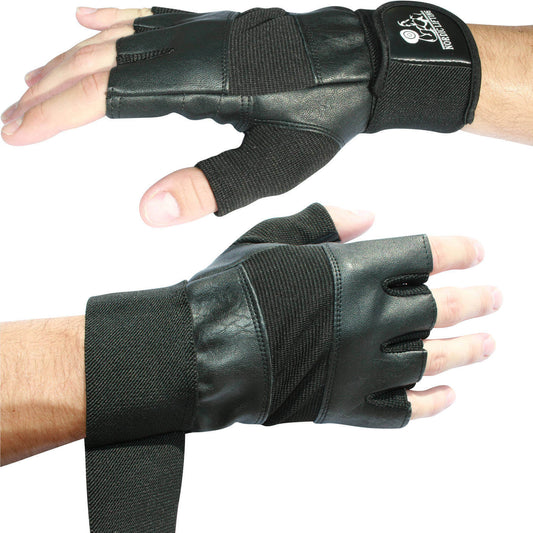Engaging in strength or resistance training exercises is important, especially if you want to improve your endurance and strength. A new study has discovered that resistance training for diabetes may lower your chances of having type 2 diabetes.
According to research reported in Sports Medicine, resistance training exercises using weights and resistance bands can successfully control blood sugar, triglycerides, and cholesterol levels, lowering the risk of type 2 diabetes.
Researchers have observed 14 studies with a total of 668 participants that focused on controlled trials using resistance training interventions to affect cardiometabolic health in a way that could delay the onset of type 2 diabetes for those at higher risk.
They concluded that this type of exercise is effective not just in people who haven't developed the disease yet, but also in people who already have it.
Additionally, it has also been observed by Raza Qadir, MD, a lead author who has also worked on the research of resistance training for diabetes, that any type of movement can be vital in controlling health factors and reducing the chances of developing diabetes.
However, data has shown that there are specific training methods that yield good results, such as using free weights. Aside from helping reduce the risk of Type 2 diabetes, engaging in resistance training also comes with plenty of benefits. It includes weight management, muscle strength development, improved bone density, and flexibility maintenance.
So, if you want to get ripped and at the same time avoid the perils of having type 2 diabetes, adding resistance training into your exercise mix is a must.
And for the best weights and barbells, check out this awesome collection by Nordic Lifting.
Strength Training Exercises For Diabetes
It's a good idea to exercise and strengthen your muscles if you have diabetes. Strength training has been shown in studies to increase calorie burn, improve insulin sensitivity, lower glucose levels, and maybe reduce the need for medications.
Here are some examples of resistance exercises:
Chest Press (Chest)
- Wrap the band over your back, just below your armpits.
- In each hand, hold one end of the band.
- Slowly extend your arms parallel to the floor until they're completely stretched out.
- Bring your arms back slowly.
Bicep Curls (Upper Arms)
- In each hand, hold one end of the band.
- Step onto the band with one foot.
- Stretch the band by slowly curling your arms up from the elbow.
- Slowly lower your arms again.
Triceps Extension (Upper Arms)
- Wrap the band around your neck and grasp a piece of the band in each hand.
- Hold your arms at a 90-degree angle loosely (in an L-shape).
- Slowly bend your arms down toward your legs, extending the band until your arms are straight.
- Slowly raise your arms back up.
Rear Deltoid Deltoid (Upper Back)
- In each hand, hold one end of the band.
- Make sure your arms are parallel to the ground and straight out in front of you.
- Lengthen the band by stretching your arms wide to the sides.
- Slowly return to your arms.
High Resistance Squat (Legs)
- In each hand, hold one end of the band.
- With both feet, step on the band.
- Raise your hands to approximately shoulder height.
- Squat as though you're sitting down, but don't let your knees go beyond your toes.
- Get back on your feet.
Hamstring Curl (Legs)
- Make a loop with your resistance band (or link it).
- Step both feet into the loop so that it encircles your ankles.
- For balance, grab the back of a chair.
- Place all of your weight on one foot.
- Feel the elastic stretch as you lift the other foot and bend it back toward your buttocks.
- Return the foot to its original position on the floor.
- Repeat with the opposite leg.
Seated Row (Upper Back, Shoulders, and Neck)
- Take a seat in a sturdy armless chair.
- In each hand, hold one end of the band.
- The band should be looped beneath your feet and then laid flat on the floor.
- Begin by placing your hands by your legs.
- Stretch the band by pulling your elbows back and up until your hands are by your hips.
- Return your hands to their starting position slowly.
Key Takeaways
Before you begin your strength training for diabetes or any exercise in general, you should always keep in mind the basic precautionary measurements to ensure your safety.
Since you have a diabetes-related disease, consulting your doctor first is the most important thing that you should do. While training, do not push yourself too hard. When you feel pain, stop at once. And lastly, select the appropriate level of resistance. The workout should be a little challenging, but neither too easy nor too demanding.












